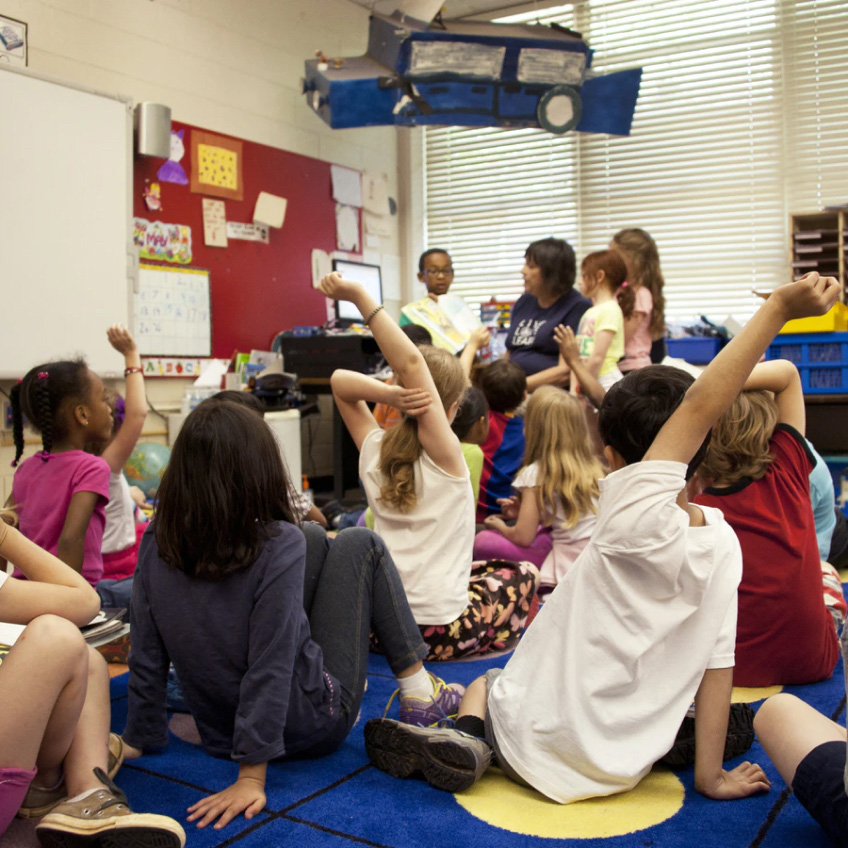
In Focus
The Cost of Living Crisis
By Callum Mason, Reboot the Future
Why this topic matters
The cost of living crisis will affect teachers and students alike. Having a crisis so close to home for our communities is likely to produce lots of worries and difficulties. However, the most important thing to do at this moment is to be open, communicative and calm.
Creating supportive spaces, sticking together and reinforcing compassionate thinking will make this rough patch easier to get through for everyone involved. We have the opportunity here to ensure our classrooms are places in which students can turn for reassurance and stability.
Below, we suggest some resources and strategies for achieving this by rationalising the crisis into simple terms, by balancing divisive media narratives, by building empathy and by showing the importance of togetherness.
Connections to the curriculum
-
PSHE: cover basic financial literacy, explore the ways that your school or community can support struggling families.
-
Economics: use this as an opportunity to cover the nature of recessions, the banking system, inflation and its effects on the cost of living
-
Maths: incorporate examples that introduce concepts of taxes, bills, banking, saving, and community funds.
-
English (Literature): explore stories with a strong focus on a good community or groups of friends. Ask students: How does everyone look after one another
-
History: review how the media has reported on economic downturns in the past. Ask: what factors influenced the narratives they gave then? What does this tell us about understanding media narratives now?
How to approach it
Compassion: Create a supportive environment
Dealing with this situation requires a compassionate approach on the part of teachers, schools and students. The Child Poverty Action Group (CPAG) offers some useful advice on how teachers and schools can create a supportive environment for students and parents struggling financially. We should all understand that signs of hardship may not be visible and strive to create an environment in which available support is communicated to both students and parents. CPAG recommends reducing or helping with added school costs such as expensive trips, uniform or charity days that may stretch the funds of anxious families. We can encourage students to contribute to this supportive environment by exploring activities that build empathy. In Others’ Shoes is a great resource for this. In it, students are taught the value of kindness and encouraged to think compassionately about the experience of others. Empathy building activities are great for encouraging conscientious behaviour within the classroom and outside of it.
Balance: Take the pressure off individuals and families
Some stories may be supportive by giving saving tips, while others may argue that families need to cut back on ‘luxuries’ such as Netflix, coffees or takeaways. Obviously, developing an understanding of saving and personal finances is important for children to understand the wider crisis. However, the weight of responsibility placed on individuals and families by the media is likely to cause unnecessary stress and should be counteracted as much as possible by teachers. This can be done by showing that external events are the main cause of this situation, not irresponsible spending at home. This can be done by having calm, honest discussions about the news and current events. A balanced approach is key where we avoid catastrophizing external events at the same time as removing the blame on family spending. Common Sense Education’s digital citizenship pack is a great resource for secondary school students to explore news literacy and questions of media balance.
Learn: Contextualise the issue
One of the easiest ways to ease the worries of students is to show them that times of hardship don’t last forever. By giving a basic understanding of economic growth and recession we can show that at times there is less money and at others there is more. For younger students it is important to avoid unnecessary detail. Instead, this is a useful opportunity to introduce ideas about wages, bills, saving and pocket money. The Family Building Society offers a great selection of age appropriate resources for 5-18 year olds. Here, we can hope to contextualise this situation in simple, less scary terms. For older students, you may choose to go into further detail about the causes of the crisis to help build context. The Economist Foundation has a useful 6-part lesson pack on learning from the previous financial crisis. Here are useful introductions to the banking system, recessions and what can be done to ease the situation. This is also a useful opportunity to highlight the interconnected, global nature of our international system. For example, you could discuss how the pandemic has impacted global supply chains or how the war in Ukraine has raised global food prices. Show students that this hardship is caused by a set of unfortunately timed events, and is thus likely to subside.
Action: Show the strength of community
Another thing to mention is that often, in periods of hardship, the most important tool we’ve had has been community. Yes, as the myriad of newspaper articles claim, there are things we can do to be more frugal, but what really gets us all through is each other. Things like food banks, charitable funds, community mutual aid and support in schools are some great examples. Discussing these support networks may encourage students looking for ways to help out or could be vital information for others looking for support themselves. A great way to introduce this discussion into the classroom is the resource ‘Values, Money and Me’, an interactive website for primary school students set in a small fictional town. With great illustrations and activities the website teaches students about financial literacy by highlighting different local children’s stories.




